The Best and Worst Oils to Cook With and Why
In the past, you may have given it little thought about which cooking oil was better for you and went ahead and purchased the one that was on sale at the time. (I’m guilty of this.) That particular cooking oil may also have brought you the preferred flavor and consistency that you were looking for. What are the best and worst oils to cook with? Let’s find out why!
The Best and Worst Oils to Cook With & Why
But how healthy is that cooking oil that you’ve been using all these years? It’s been proven that using the wrong cooking oils over time can cause major health issues for you, even without you realizing it. That’s a pretty big deal when you have your family to think about. These are the best and worst oils that you can cook with and why.
Fats Aren’t All Bad
We’ve been made to believe that all fat is bad for you, and that’s not entirely true. Fats (like oil) play important roles in our bodies such as making hormones and producing healthy cell membranes, but they also make our food taste so much better. Finding the right healthy oil for cooking depends on two things, the temperature that you’re cooking the oil with, as well as the source of the fat.
What Is Smoke Point All About?
Let’s start out by covering a term that you may have come across and are unfamiliar with. The smoke point is important to remember while you’re cooking with oil. The smoke point is when the temperature reaches a certain level that causes the minerals, nutrients, and enzymes in the oil to start to burn.
When your oil reaches this point, free radicals called acrolein are released, which gives your food that burnt or nasty smell. So here’s a look at the certain types of oils that should be used at their appropriate heating temperatures.
Cooking with Hotter Temperatures
Fats that are found to be more saturated, are less likely to be damaged by heat. That’s because saturated fats have proven to hold up the best under extreme heat, and that’s actually a pretty big deal for you and me.
Damaged fat can cause major health issues due to the oxidative damage that can take place from free radicals lurking about.
Saturated fats when eaten in moderation can actually be good for a healthy diet. Oils that are higher in saturated fats include coconut oil, ghee, animal fat (beef, pork, duck), and butter.
Just be aware that with butter, there are milk products in it, and they can burn if you’re not careful. Adding coconut oil to your butter can help prevent this.
Cooking with Medium Temperatures
When you’re cooking with temperatures ranging from medium-low (250 degrees to 324 degrees) to medium(325 degrees to 374 degrees), it’s best to use fats that are saturated or monounsaturated. These oils include olive oil (extra virgin), avocado, and Macadamia nut oil.
Oils that Should Be Used Cold
There are a number of oils that should not be used for cooking, but can be enjoyed cold when drizzled over a salad or a dish that’s already been cooked. These oils include sesame seed oil, walnut oil, and flaxseed oil.
The Worst Oils for Cooking
This one may surprise you because you’ve probably been using this type of oil for almost all of your cooking and baking needs for many years now. As it turns out, vegetable oil is at the top of the list of worst oils that you could possibly use.
Though it’s called vegetable oil, there typically aren’t vegetables involved, but rather seeds. These oils include canola (rapeseed), sunflower, soybean, cottonseed, and safflower oil.
Before vegetable oil can hit the grocery shelf, it has to go through a process that involves extreme heat, repeated processing, and the use of chemical solvents. This is a bad thing because vegetable oil contains polyunsaturated fats that are easily burned when introduced to hotter temperatures.
So, even before that oil is placed in the frying pan, it’s already been damaged. Unfortunately, almost every restaurant cooks with vegetable oil, along with all of your favorite processed foods.
Foods To Watch Out For
You’d be amazed at how many foods you enjoy that contain vegetable oil. These foods include baked goods, chips, crackers, popcorn, bread, condiments, salad dressings, mayonnaise, and even some frozen foods. If you can’t completely avoid these irresistible temptations, the least you could do is to enjoy eating them only in moderation.
Things to Remember
While you are at the grocery store there are a few tips that you need to keep in mind so that you’re choosing the right oil. Avoid cooking with oils that contain polyunsaturated fats, because they’ve already been damaged by heat.
When you’re at the grocery store, remember to check the labels to see that there isn’t any hidden vegetable oil that’s part of ingredients.
Also, think about the temperature that you’ll be cooking the oil with. The hotter the temperature, the more saturated the fat should be.
You also want to avoid purchasing oils that mention “light” or “refined,” which has more LDL (bad) cholesterol in them and can increase the risk of diabetes, cancer, obesity, immune dysfunction, and even reproductive problems.
When you’re cooking with whichever oil you decide on, be sure that it doesn’t begin to smoke. If it does start to, it’s better to just throw the oil out and start over. The best way to prevent this is to cook on low for a longer period of time.
Final Word
I’ll be honest with you and say that I’ve used vegetable oil countless times in the past when I was left in the dark with just how bad it was for me. As I’ve grown older, eating healthier foods has become more important to me.
Choosing the right types of oil to cook with can make all the difference in keeping you and your family healthier, and paying a little extra for them becomes less of a concern.
What do you think about the best and worst oils to cook with? Please keep prepping, we must. May God bless this world, Linda

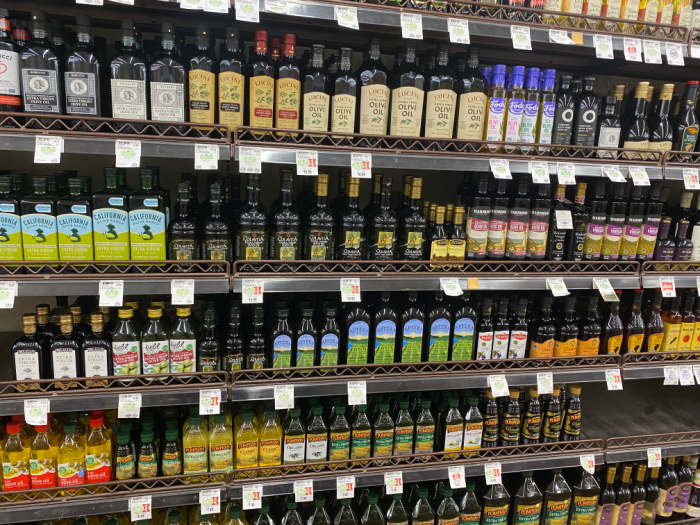

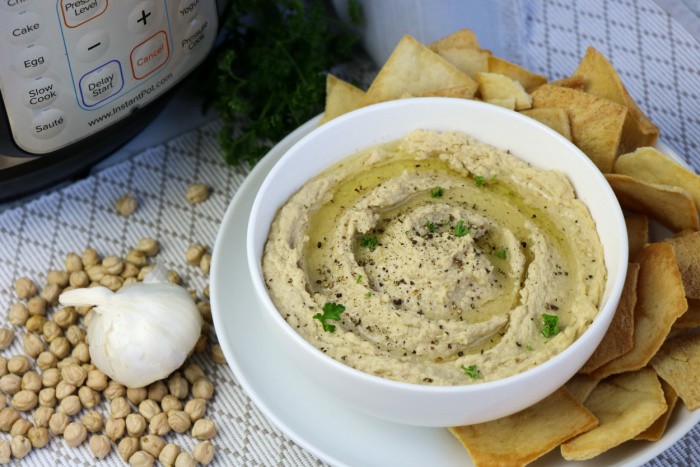
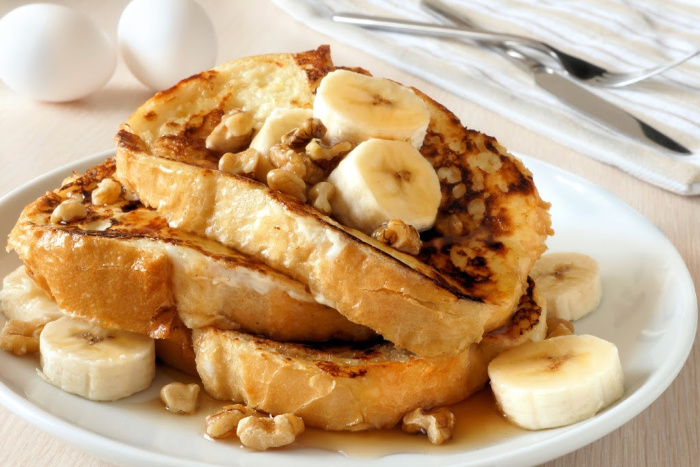
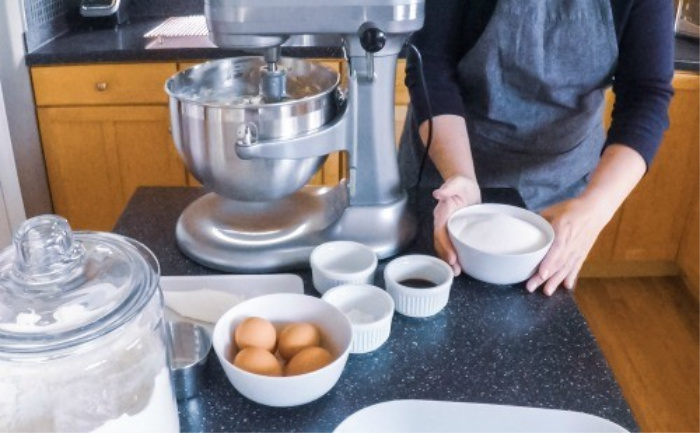
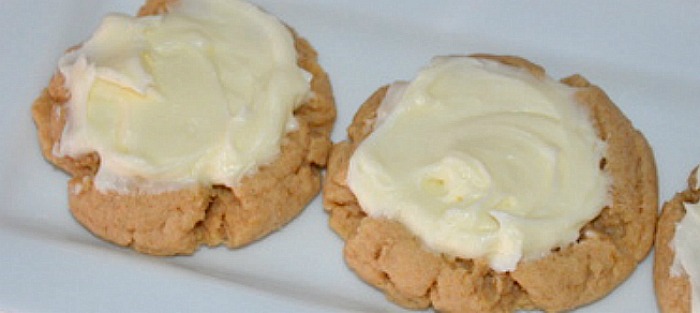
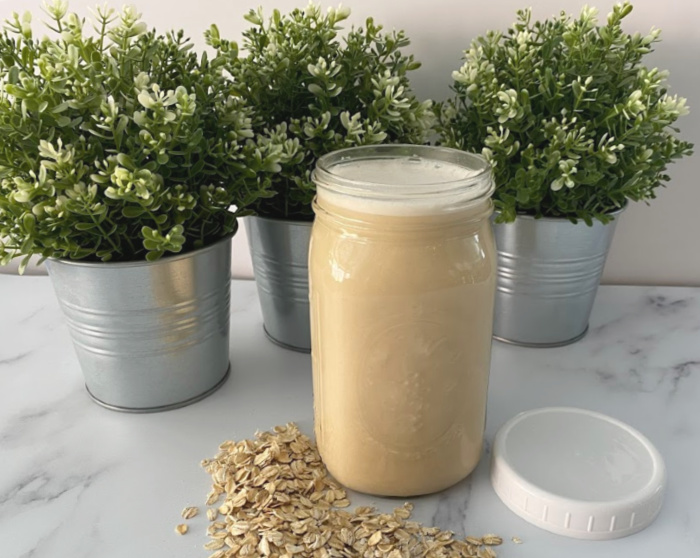
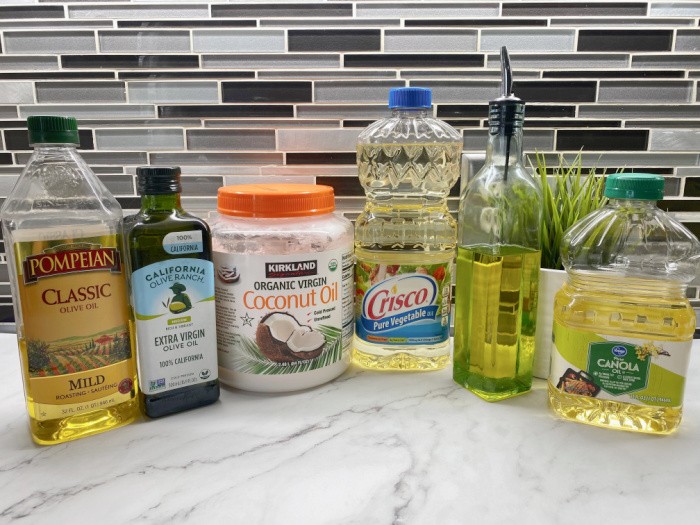














Linda,
Thank You for a timely article. I have been pondering what oils in addition to olive to be storing. I am still not clear on what oils are the preferred oils to cook with. I am using grape-seed oil. It’s high temperature and non GMO. I also have peanut oil. I was using cold pressed organic safflower oil, but thought grape-seed to be healthier. It’s quite a quandary! I’m still canning & prepping! Husband is alarmed at all of our space being taken over by what he considers to be excess!
Hi Judy, that “excess” will save your lives. It’s all good, I was just talking to my husband about a “tiny house”! LOL! It won’t work if you’re a prepper! LOL! There are so many oils out there we have to keep trying the ones that work for us. Most of them do not have a long shelf-life. I remember my mom had Crisco in a large can and lard in the frig. I love the non-GMO, BIG TIME! Keep up the good work, Linda
I also have issues with deciding on what oil to use. I still keep a small bottle of vegetable oil on hand for those times I don’t want the flavor of olive oil or coconut oil (my 2 preferred oils).
Another thing that I have found with using olive oil, and I am by no means a connoisseur, is what brand/type is the best? I have purchased EVOO that has an odd taste that I believe was rancidity. I got used to the flavor but only because I couldn’t afford to waste it by throwing it out! I would love to be able to go to the olive places in California to get really fresh oil (oh and get olives too!!!) but not this year for sure. Perhaps in the next couple of years depending on what transpires I may be able to take a road trip to visit a nephew in California and make a stop at the olive orchards!
So, all of that being said, I still use butter and a trick my mother taught me years and years ago was to heat oil in the pan until it was hot, then add butter. That gave the butter flavor without the burning. Same as you mentioned, Linda, about adding coconut oil with the butter. I haven’t used ghee much – too expensive but plan to try making my own one of these days.
Hi Leanne, I’m with you, I have a hard time finding really good olive oil. I always have vegetable oil on hand because it tastes better in some things. I just bought a small bottle of olive oil because oil goes rancid so quickly. The brand I bought was Newmann’s Own and it’s only 16.9 ounces. I buy the bottle from Costco to make bread but that’s all its good for. I like really good Modena Balsamic vinegar and good olive oil to dip my sourdough bread in! It’s the little things in life that make a meal so awesome! California sounds awesome! Linda
Thank you for this article. However, I need to know what shortening is a healthy replacement for the solid shortening I have used in the blue can forever. I make prize winning pie crust and homemade biscuits with this and have forever. I have NO IDEA what else to use that would be come close to the goodness that this solid shortening does. I do not use oil or shortening often, but when I do …. it must be what produces the best quality of pie crust, etc.
Hi Donna, well, I have to be REAL here…..my mom always made pie and biscuits with the blue can stuff forever. Let’s keep making the best biscuits and pie the way they need to be made. Oh yeah, we can make them a bit healthier but they will not taste the same. That’s my honest opinion. I make some pie crusts with butter but it’s not healthier than Crisco, but I make them for taste. Linda
I have found a way to keep olive oil fresh longer, also other oils too. I buy beer bottles with the locking tops, fill them to where the neck tapers, lock it & put them in a cool dry place. Opened one that I had saved back to test these on. It was from 2017 & was still fresh!!!
I was very pleasantly surprised. Maybe it is something you can use too.
Thanks for such wonderful information.
Hi LaRene, this is a great tip! Thank you, my friend! Linda
Hi Linda, and all of you other Ladies,
Linda, what a great article. Thank you.
What a quandary we can find ourselves in. Between all of the articles published about “how bad” oils are for you and wanting to eat healthier, it can be so very confusing.
So, I have decided, after doing a great deal of research, to use oils MY WAY. (No I’m not related to Sinatra).
I store all of my oils, including the solid kind on the “Floor” of a pantry with the doors closed. This is the coolest place to store oils at all times, even in the summer.
I use the stuff in the blue can, coconut oil which I use to do my popcorn in, olive oil (very light for salads) and the darker for cooking. Butter, in the fridge of course.
I also wanted to share with all of you an internet site that I have discovered. It’s called: The Olive Tap.
They sell regular olive oils as well as flavored olive oils. Their Lemon infused Olive Oil is fantastic. AND their Balsamic vinegars are out of this world. Their Black Cherry Balsamic is absolute delicious and I use this one the most on my salads.
So, there you have it. My input for what it is worth
You all might want to check it out
Hi Suzanne, oh my gosh, I love flavored balsamic and olive oils! We have a company here called Redmond Oil. It’s so fun because they have tasting centers to try as many as we want. It’s actually really fun. I love the Black Cherry one!! Life is so good! Linda
And Linda, what a great idea for storing the olive oil. Next trip to Ikea, I’ll buy me a few of these bottles and transfer my olive oils for safe keeping.
Thanks,
Hi Suzanne, I love IKEA!! I wish we had one closer to where I live! Linda